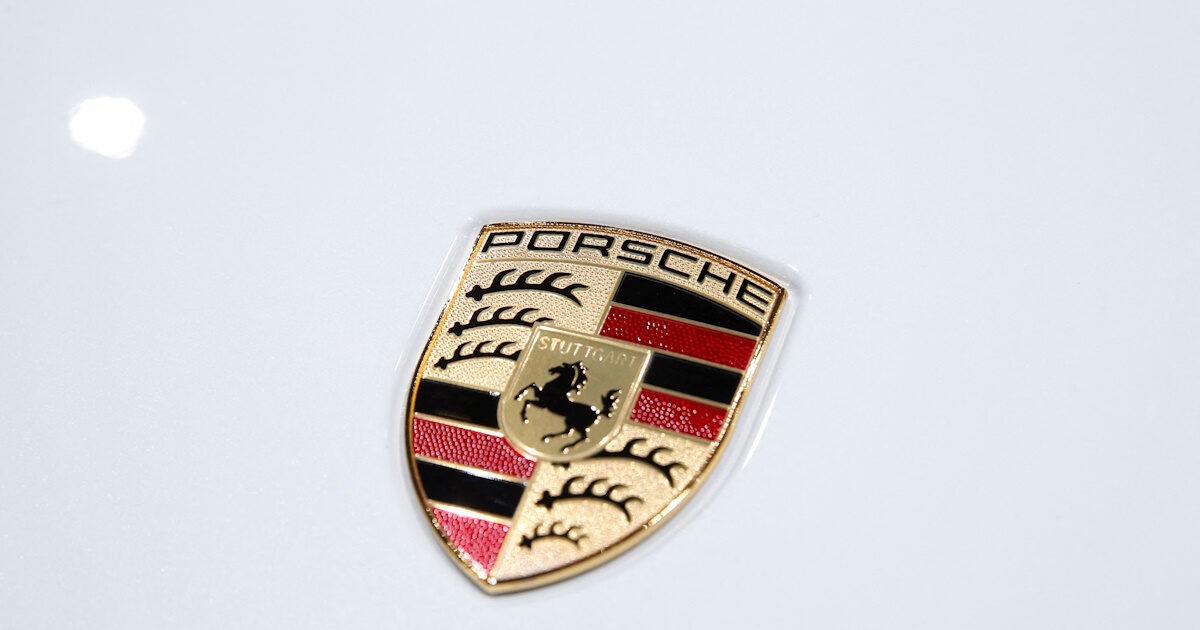In shock state is the automotive her Germany Following the yesterday’s (26.3.25) announcement by US President Donald Trump on the imposition of 25% duties on all imports of cars and spare parts.
Especially in the case of passenger cars imports from Europe (and above all from Germany), 25% of the US duties will be gigantic, as US duties today only reach 2.5%. Consequently, Trump decided to 10 them. However, the EU also has a US -based trade weapons in the automotive industry, as the duties it imposes on imported US trucks and pick -up vehicles are only 13%.
So it could, as it has already spoken of retaliation, also increase the duties to these imports to 25%, although it would not cause the same “pain” in relation to what will be caused by its own automotive industry.
According to a recent estimate by the German Institute of the World Economy (IFW, Kiel), of 25% duty on car imports in the US, the German industry will be particularly seriously affected, with the nominal production in the automotive industry, for example, decreasing by up to 4%. And this is expected to reduce German vehicles by 20%.
The 25% duties (which is the worst scenario he was “playing”, with the best predicting “reciprocal” duties) beyond the obvious damage they do to German automakers as they expensive their vehicles resulting in their demand for the Germans and thus the profits of Germans.
The US is an important sales market for the German car industry: in 2024, about 35 billion euros of export goods from this sector went to the US.
With just less than 28 billion euros, motor vehicles and engines are by far the most important element, with the rest mainly corresponding to other car spare parts.
The automaker accounts for almost 22% of total German exports to the US.
Porsche is particularly influenced, as unlike other German brands, the Zuffenhausen -based company has no production facilities in the US and in 2024, sold more than a quarter of their vehicles in North America.
Fall in Porsche, BMW, Mercedes and Volkswagen stock prices
By the end of January 2025, Porsche’s share has lost 22.6%.
Since the beginning of this month, BMW’s stock has lost 11.5%, while Mercedes – Benz has lost 9.8%.
Volkswagen’s stock fell by 10.4% from March 10, 2025.
Germany represents almost 60 % of the EU exports to the US to the US.
According to the union of the German automotive industry (VDA), about 400,000 vehicles in 2023 were transported to the other side of the Atlantic. However, with about 900,000 vehicles in 2023, local production by German manufacturers is more than twice the exports from Germany. About 138,000 workers owe their jobs to the US to local German manufacturers and car suppliers.
The existing tariff status
When considering tariff rates for vehicles in the US and possible EU level harmonization, it is important to note that the US imposes different tariff rates for different types of vehicles:
- O US duty for passenger cars is 2.5% and the EU duty is 10% (which corresponds to a tariff difference of 7.5 percentage points) and the same applies to buses and tractors.
- The situation is different for trucks and pick-ups. The US tariff rate is 25 % in most subgroups, with average 22.3 %. In the EU, the average tariff rate is much lower, 13%. Pick-ups are very popular in the US and are one of the types of vehicles in which American manufacturers are highly specialized. European manufacturers produce these vehicles mainly locally for the US market, but also for other markets worldwide, not only because of the high tariff rate.
Passenger cars, on the other hand, are mainly manufactured in Europe and exported from there to the US, which means they would be significantly affected by an increase in US duties.
